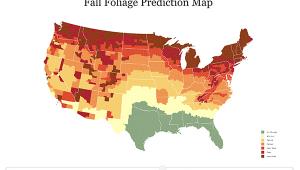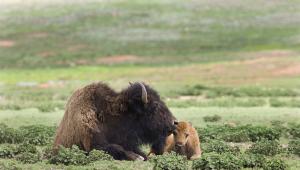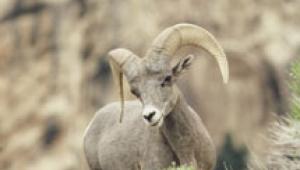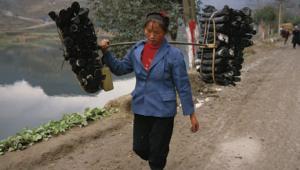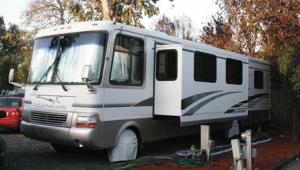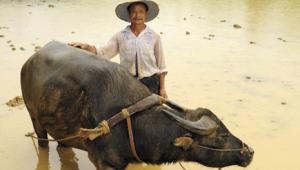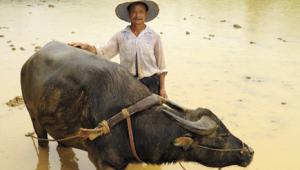Discover The Channel Islands National Park; Photograph The Galapagos Islands Of The North
The Channel Islands National Park off the coast of Santa Barbara in southern California (a 1.5-hour drive west of Los Angeles) is my favorite national park in terms of photography, adventure, and natural history.
 |
|
|
During the last Ice Age there was just one super island known as Santarosae. At the time, the channel crossing was roughly 5 miles across. This enabled creatures like the woolly mammoth to swim across, and other wildlife to float across on storm debris. At the end of the Pleistocene Era--20,000 years ago--the polar ice caps melted and the volcanic chain formed. Isolation from the mainland enabled its inhabitants to evolve into their own species, some like the mammoth and fox into dwarf species. The archipelago consists of Santa Barbara, Anacapa, Santa Cruz, Santa Rosa, and San Miguel Islands. Each island possesses its own uniqueness rich in biodiversity with flora and fauna found nowhere else on earth. Experiencing this national park is like discovering California 200 years ago.
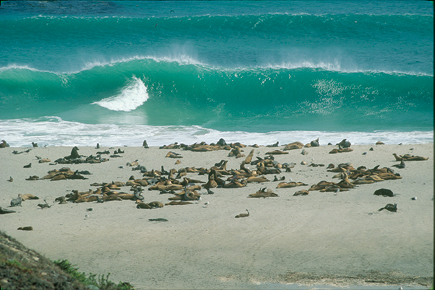 |
|
|
Exploring the islands can be accomplished in two ways, offering a rich blend
of photographic opportunities from land and sea. Hiking offers grand island
vistas displaying sheer weather-beaten cliffs, secluded, craggy, cobbled coves,
and narrow canyons draped in island flora. The Channel Islands are a premiere
kayaking destination. The volcanic coastlines are honeycombed with more sea
caves than anywhere else on the planet, while offering photographers intimate
encounters with seabirds, seals, and
sea lions.
I like the Channel Islands because they're close to the mainland, yet
remote. It's not difficult to take your camera gear and lose yourself
on a deserted beach, a sweeping plateau, or follow a rare island fox in a volcanic
canyon. There's not a bad time to visit the archipelago. Its mild Mediterranean
climate makes it a year-round destination. Here's a short list on some
can't miss photo opportunities from each island.
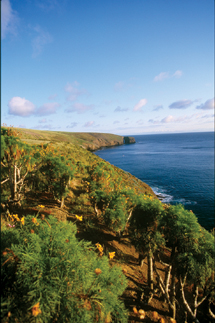 |
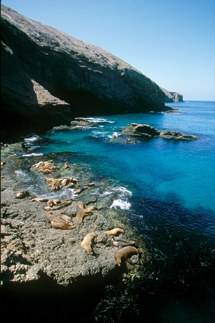 |
||
|
|
Santa Barbara Island
The smallest island in the chain can be easily hiked in one hour. It's
only one square mile, but its seabird colonies are expansive. Western gulls
and California brown pelicans dominate the cliffs and mesas. This is the only
place in the world to photograph the island night lizard. On such a small island
the concentration of wildflowers is stunning. There are no beaches on this island,
just 600-foot high weather-beaten cliffs with thousands of California sea lions
hauled out at their base. They're easily photographed at Landing Cove
frolicking in the surge and on convenient rocky pinnacles.
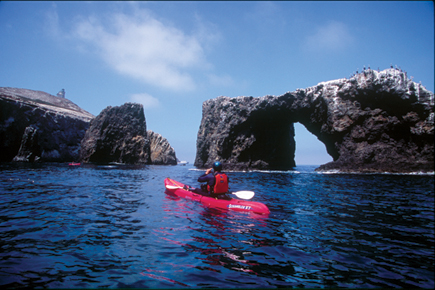 |
|
|
Anacapa Island
Another small, narrow island offers easy access to two of the most scenic locales
in the entire national park: the lighthouse and Inspiration Point. Along the
trails are more western gulls. This is a premiere kayaking destination due to
its numerous sea caves and arches. The 40-foot high arch below the lighthouse
is the symbol of this national park. Wildflowers are also highly concentrated
here with the native coreopsis blooms sweeping across the islet.
 |
|
|
